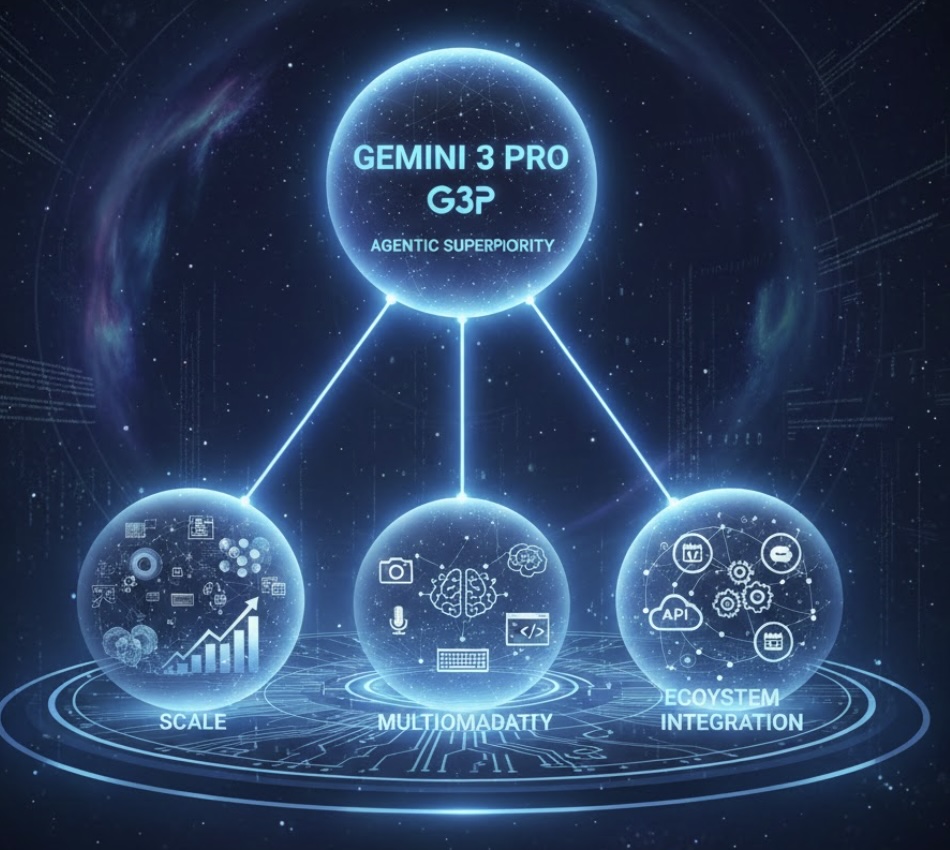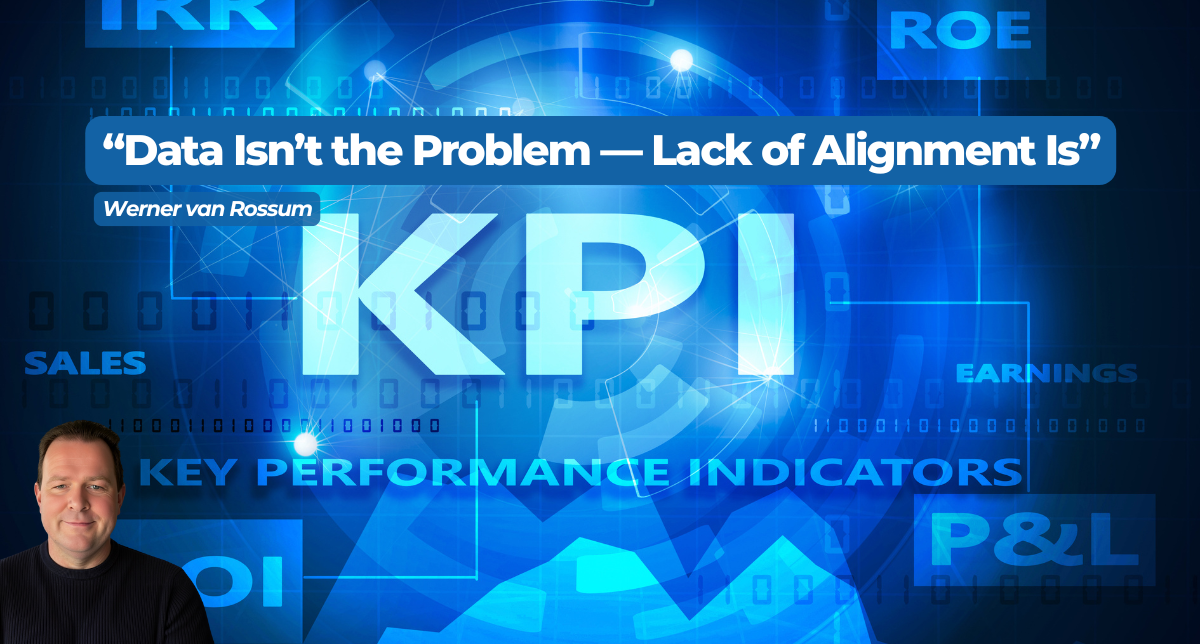Jul19

The quest for new medicines has historically been a protracted and resource-intensive endeavour, often marked by trial-and-error experimentation and substantial financial investments. However, the advent of artificial intelligence is rapidly transforming this landscape, ushering in an era of 'in silico' drug discovery. This paradigm shift, vividly demonstrated by an ADMET agentic AI pipeline featuring a Grok-4 agent, holds the promise to significantly accelerate the identification of promising drug candidates by simulating complex biological and chemical processes computationally, instilling optimism about the future of pharmaceutical research.
In silico ADMET refers to the use of computational (or "silico") methods to predict the Absorption, Distribution, Metabolism, Excretion, and Toxicity of chemical compounds, particularly drug candidates.
Here's a breakdown:
Purpose in Drug Discovery: The primary goal of in silico ADMET prediction is to screen potential drug candidates early in the discovery process. By predicting these properties computationally, researchers can:
The concept behind the provided code is to demonstrate a simulated in silico drug discovery pipeline using an AI agent. This pipeline leverages a large language model (LLM), specifically a simulated Grok-4 agent, to orchestrate and automate various steps in the drug discovery process. The core idea is to replace or augment traditional, time-consuming, and expensive wet-lab experiments with computational simulations. By using specialized "tools" that mimic real-world drug discovery actions (like synthesizing molecules, identifying disease targets, running assays, and predicting ADMET properties), the AI agent can rapidly explore, evaluate, and prioritize potential drug candidates. The code establishes a framework where the AI agent receives a query, determines which computational tool is most suitable to address that query, executes the tool (which provides simulated results), and then interprets these results to give a coherent response. This enables a fast, iterative, and data-driven approach to drug discovery, allowing researchers to quickly filter out unpromising compounds and focus resources on those with the highest potential. The "simulation" aspect means that while the interactions between the agent and the tools are fundamental, the outcomes of the drug discovery steps (e.g., yield percentage, binding affinity) are randomly generated to illustrate the process, rather than reflecting actual experimental data.
The Grok-4 agent, serving as the intelligent orchestrator of the sophisticated pipeline, is equipped with a suite of specialized tools. This AI acts as a central brain, interpreting complex queries and delegating tasks to the appropriate computational modules. Whether the task involves synthesizing a molecule, identifying a disease target, simulating an assay, or predicting ADMET properties, the agent seamlessly integrates these diverse functionalities, enabling a highly efficient workflow.
The final output presents a simulated drug discovery pipeline managed by a Grok 4 agent, demonstrating its capabilities through a series of seven distinct steps.
While the current demonstration operates in a simulated environment, the implications of such an ADMET agentic AI pipeline are profound. It represents a significant leap towards truly automated and intelligent drug discovery, where AI can not only process vast amounts of data but also make informed decisions, suggest modifications, and predict outcomes with unprecedented speed. This capability holds the potential to drastically accelerate the pace at which new therapeutic agents are brought to market, offering hope for addressing currently intractable diseases. By integrating advanced AI with specialized computational tools, the future of drug discovery promises to be more efficient, cost-effective, and ultimately, more successful in delivering life-changing medicines.
Keywords: Agentic AI, Generative AI, Predictive Analytics
 The Agentic Superiority of Gemini 3 Pro: Scale, Multimodality, and Ecosystem Integration
The Agentic Superiority of Gemini 3 Pro: Scale, Multimodality, and Ecosystem Integration Data Isn’t the Problem. Alignment Is.
Data Isn’t the Problem. Alignment Is. Friday’s Change Reflection Quote - Leadership of Change - Change Leaders Challenge Prevailing Assumptions
Friday’s Change Reflection Quote - Leadership of Change - Change Leaders Challenge Prevailing Assumptions The Corix Partners Friday Reading List - December 12, 2025
The Corix Partners Friday Reading List - December 12, 2025 Measuring the True ROI of Automated Claims Processes: Beyond Speed and Cost
Measuring the True ROI of Automated Claims Processes: Beyond Speed and Cost